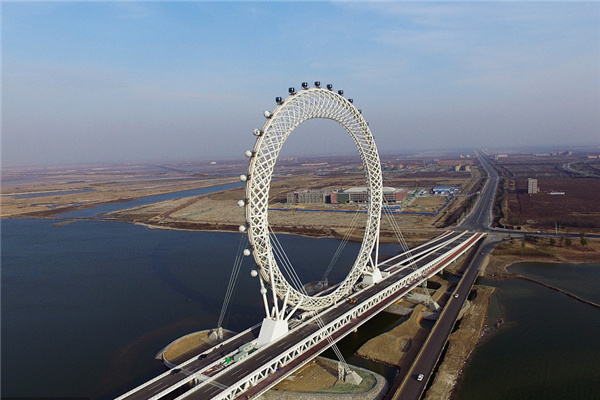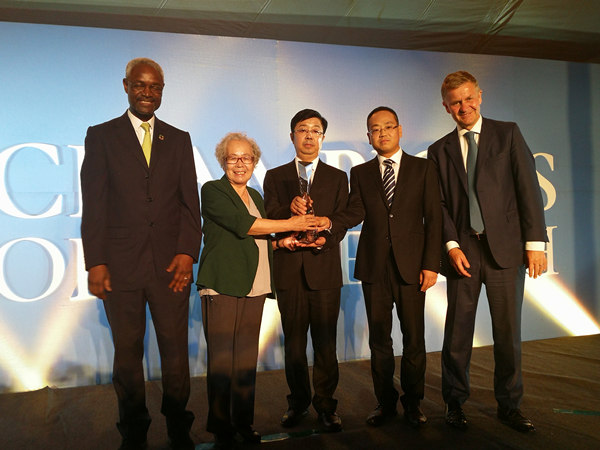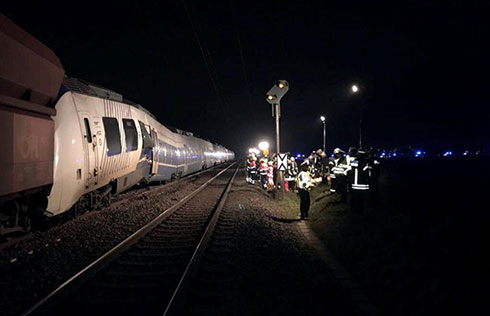

|
People spent two days queuing in Shenzhen in August, 1992, waiting at 303 outlets for share application forms. |
John Phelan, former chairman of the New York Stock Exchange (NYSE), got a special gift from Chinese leader Deng Xiaoping during his visit to China in November 1986.
It was a stock certificate with a face value of 50 yuan issued by a company named Shanghai Feilo Acoustics Co Ltd. Chinese media reported that Phelan was very excited at becoming a foreign shareholder of a Chinese company. But when he found that the stock was not under his own name, he immediately flew to Shanghai to register a name change at the stock trading counter.
The souvenir that was later brought back by Phelan to New York was part of the first publicly issued stock in China in 1984 and signaled the country's resolve to develop its capital market.
The small Shanghai trading counter where Phelan paid a short visit in 1986 - a single room of 10 square meters without even a toilet - was later developed in 1990 into the Shanghai Stock Exchange, now the world's sixth largest stock market by market value. (The Shenzhen Stock Exchange was established in 1991.)
Small counter to major market
"Hundreds of customers, some of whom had lined up the day before, gathered in Nanjing Xilu No 1806, where the first stock trading counter was located. The crowd almost broke down the gate in front of the counter" local media reported when China's stock began trading on September 26, 1986.
During the first trading day, 1,540 shares for a total amount of 85,280 yuan were sold. Only two stocks were traded at that time, Shanghai Feilo Acoustics and one issued by Shanghai Yanzhong Industrial Co Ltd. The capitalization of the two companies was 500,000 yuan and 5 million yuan respectively.
By the end of 2007, 1,550 companies were listed in Shanghai and Shenzhen stock exchanges, with a combined market value of 32.71 trillion yuan and accounting for 140 percent of the country's GDP, figures from the CSRC shows.
The Shanghai stock exchange witnesses a daily trading volume of trillions of shares. Over 100 million Chinese invested in stocks. Besides stocks, the two bourses also trade bonds, funds, warrants and will soon to initiate the trading of stock index futures.
For years, foreigners were not permitted to participate in the yuan-denominated A-share market - although prominent visitors are allowed to buy a single share as a souvenir. But the end of 2007, foreign qualified institutional investors, with a combined quota of 30 billion, were able to invest in the A-share market.
Growing pains
The year 1992 witnessed the birth of a national regulator, the China Securities Regulatory Commission, or CSRC. The organization was largely modeled on the US Securities and Exchange Commission.
Yet it was not until 1998, after several years of heated debate, the National People's Congress finally passed the Securities Act - one of the milestones in the development of China's securities market.
For the first time, issuance of securities, the rights and obligations of investors and market participants, as well as the powers and authorities of the securities regulator were clearly set out by a statute.
However, the country's stock market has had a long and winding journey during its development.
Its securities operation has long differed from the norm of developed countries.
The lack of investment channels, with far more buyers than sellers, and the split of equity ownership, with very limited shares traded, plagues all of China's stock markets.
This caused China's stock market to be extremely volatile and labeled as a "policy-controlled" rather than an actual free market.
Shares such as Shanghai Feilo Acoustics Co Ltd were sold and bought at a fixed prices rather than letting buyers and sellers agree on a price.
On May 21, 1992, when officials finally loosened controls to allow prices to fluctuate according to market demand, the Shanghai stock market soared 104.27 percent from the previous day. Five new shares even jumped 2,500 and 3,000 percent from their issuing price.
According to international routine, the shares a company issued are usually divided into common shares and priority shares. But in China, the shares issued by a listed company were divided into State-owned shares, corporate shares and public shares. Only public shares, which account for no more than 30 percent of the total equity, can be traded on the stock market.
Due to the split equity ownership structure, stock prices never really reflected the real supply and demand of a company's share. The share price in the stock market and the share price of non-floated shares were decoupled with the market price trading much higher than the non-tradable State-owned shares or corporate shares.
A famous scandal is Shenzhen-listed Guangdong YorkPoint S&T Co Ltd, whose share price soared up to 126.31 yuan in 70 trading days between October 1999 and February 2000. Four institutional investors had manipulated the stock's price, which had become the first to break 100 yuan.
Small investors in the stock market were also under-protected. In many case, there were still no annual meetings at which small shareholders may complain to management. This lead to a lack of transparency on the part of many Chinese listed companies. In many cases, the public companies served as a capital-raising tool through which the parent companies or major shareholder can take advantage and the stock market became an easy ride for looters through insider trading or embezzlement.
And that is why when the country started to gradually float its State-owned shares in 2001, the stock market suddenly fell into a five-year long slump.
It was not until 2005 when China launched a national share structure reform in a bid to change its split equity ownership into fully floated share structures. It was the first time that China's stock market began to meet international standards.
With no doubt, securities reform was a milestone in the history of the country's capital market.
In the following two years more than 1,300 listed companies had converted their non-tradable State-owned shares to tradable ones.
Meanwhile, another major law introduced at the beginning of 2006, brought increased sophistication into capital markets once plagued by embezzlement and lack of transparency.
The Company Law and Securities Law, enacted on January 1, 2006, was aimed increasing corporate governance, creating more transparency and putting more power in the hands of shareholders. Seventy related rules and regulations have been published since the release of the law.
The main index of China's stock market witnessed 127 percent growth in 2006, and the total market capitalization of the Shanghai and Shenzhen bourses reached over 8 trillion yuan (US$1.02 trillion) by the end of that year. Since then, China's stock market has become one of the best performing markets in the world.
(China Daily 03/24/2008 page2)













